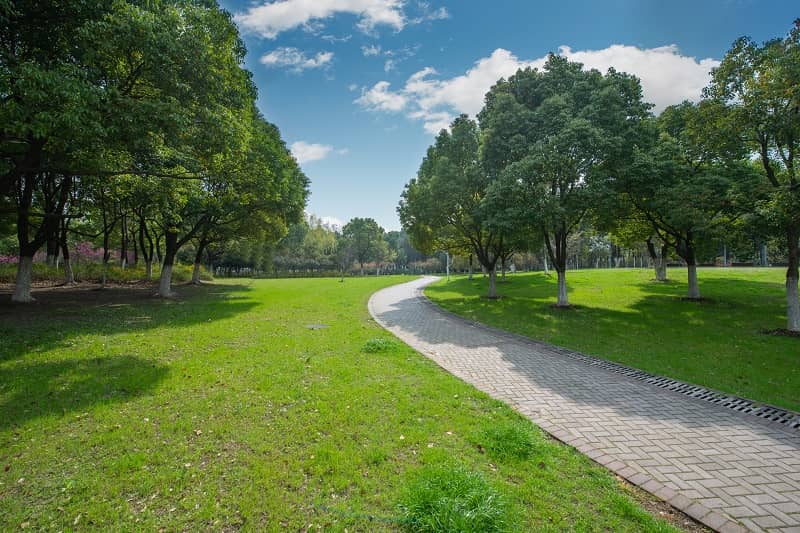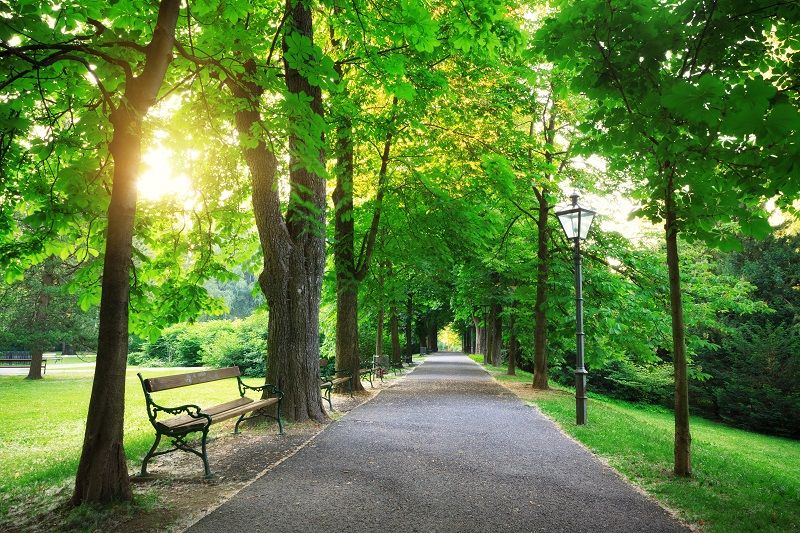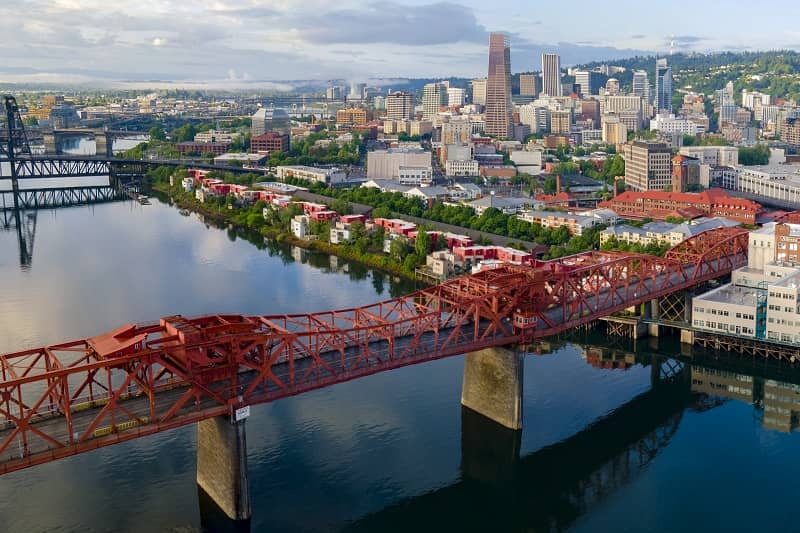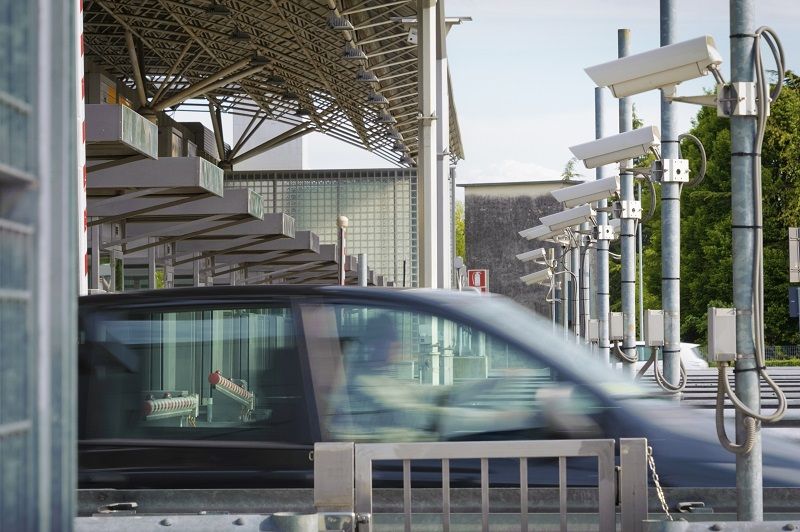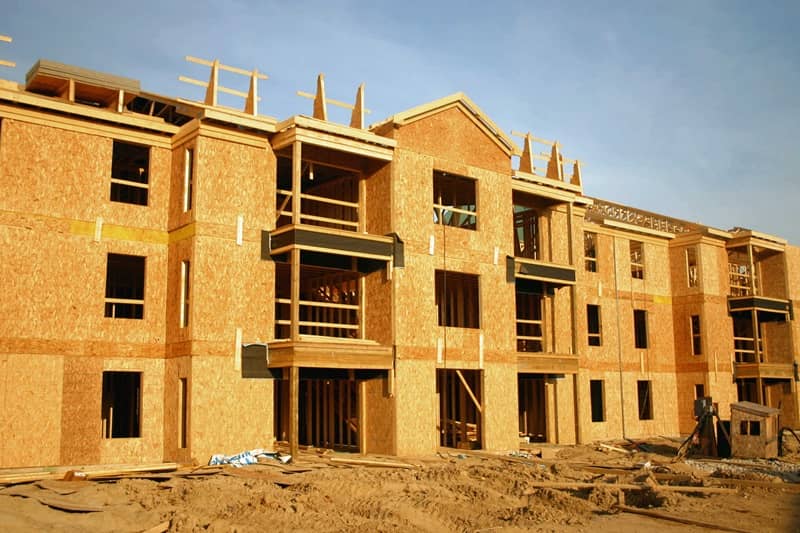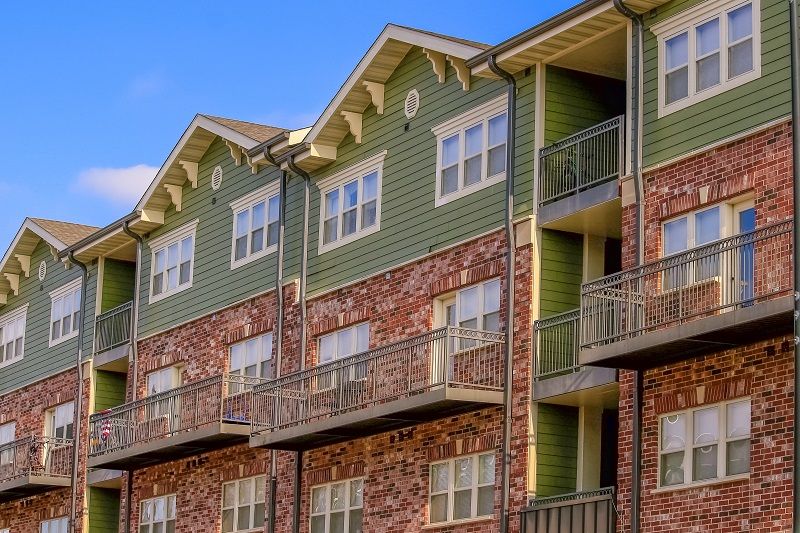By Randal O’Toole
Many Oregon counties, particularly in Southwestern Oregon, are in deep financial trouble. Coos, Curry, Douglas, Jackson, Josephine, Klamath, Lake, and Lane counties historically received 15 to 33 percent of their revenues from the federal government as payments in lieu of property taxes for the national forest and Bureau of Land Management (BLM) lands in those counties.
Those payments came out of timber sale revenues; but as concerns over the spotted owl and other environmental issues led to a decline in timber sales after 1990, the payments also fell. To ease the transition to more sustainable revenue sources, Congress provided “temporary” funding out of general funds.
Each time temporary funding was set to expire, though, counties complained about a financial crisis; and Congress extended the funding. The latest extension was added to a transportation bill that Congress passed on June 29. But this bill extends the funding only one more year, so county treasuries may be emptied next year. Curry County has threatened to simply shut down, and the Oregon state auditor recently reported that all of these counties have a high risk of financial distress.
The truth is that taxpayers in these counties (of which I am one) have been getting a free ride for decades. While federal lands impose little cost on counties, the payments out of timber receipts have been many times greater than the federal government would have paid if it had paid ordinary property taxes.
Counties throughout the country that have national forests in them receive 25 percent of timber sale receipts. In most cases, this was more than property taxes before sales declined. But the greatest difference was in Oregon, whose valuable old-growth timber produced 40 percent of national forest revenues in the 1970s and 1980s.
Congress allowed the states to divide these “25-percent funds” between schools and county road departments. Most states gave half to each, but Oregon gave 75 percent to roads and 25 percent to schools. This meant that Oregon county road departments were literally rolling in cash in the 1970s and 1980s, but it also meant that the decline in timber sales hit them the hardest.
To make matters worse, the BLM paid a whopping 50 percent of the revenues from most of its western Oregon timber sales to counties. This compares with just 10 percent of timber receipts paid by the BLM to counties elsewhere. While the national forest funds were split between roads and schools, all BLM funds went straight into county general funds.
The result is that these counties have some of the lowest property tax rates in the state. While the average Oregon property owner pays more than $2.80 per thousand dollars in assessed value to the county, property owners in Curry and Josephine counties pay only 60 cents, and rates are also much lower than average in Coos, Douglas, and Jackson counties.
Raising property taxes to somewhere around the statewide average would solve the problems in all of these counties except Lake and Lane. But Oregon law prevents counties from raising taxes without voter approval, and county commissioners suspect that few voters will be willing to double or quadruple their county tax burden.
Representative Peter DeFazio has proposed to divide western Oregon BLM lands into two chunks. One portion, containing mostly old-growth timber, would be set aside for conservation. The other portion, mainly second-growth timber, would be managed as a source of revenues for the counties.
While some environmental groups oppose this plan, I don’t see anything wrong with managing cutover land for timber. But I have to wonder why Southwest Oregon counties should continue to live off of federal taxpayers, who otherwise would get any receipts from Forest Service and BLM sales.
County leaders say these BLM lands (which Congress originally granted to a railroad, then took back when the railroad failed to live up to the terms of the grant) would have been private had they not been taken back by Congress. Perhaps so, but the amounts the counties are asking federal taxpayers to pay—either through an extension of timber payments or via DeFazio’s bill—greatly exceed the amount that private forestland owners pay in property and harvest taxes.
Most of these counties spend the largest share of their funds on public safety, including the sheriff, courts, and jail. Other funds go for health and human services. But most also spend a significant amount of money on what might be called luxuries, including recreation, cultural resources, and community development programs (which mainly means land-use planning).
County leaders need to accept reality and make some hard decisions about their budgets. Recreation, culture, and most public works programs should be funded out of user fees rather than taxes. If users aren’t willing to pay for them, then they aren’t really needed. Counties could also stop funding land-use planning and let the state pay for those programs if it feels they are needed.
To the extent that these cuts aren’t enough to maintain public safety and human service programs, county leaders will have to make it plain to voters that they will have a choice between somewhat higher property taxes or accepting major cuts to these programs. There is no justification for forcing federal taxpayers elsewhere to subsidize county taxpayers in Oregon.
Randal O’Toole is a senior fellow with the Cato Institute and author of American Nightmare: How Government Undermines the Dream of Homeownership. He is a guest contributor for Cascade Policy Institute, Oregon’s free market public policy research center.
